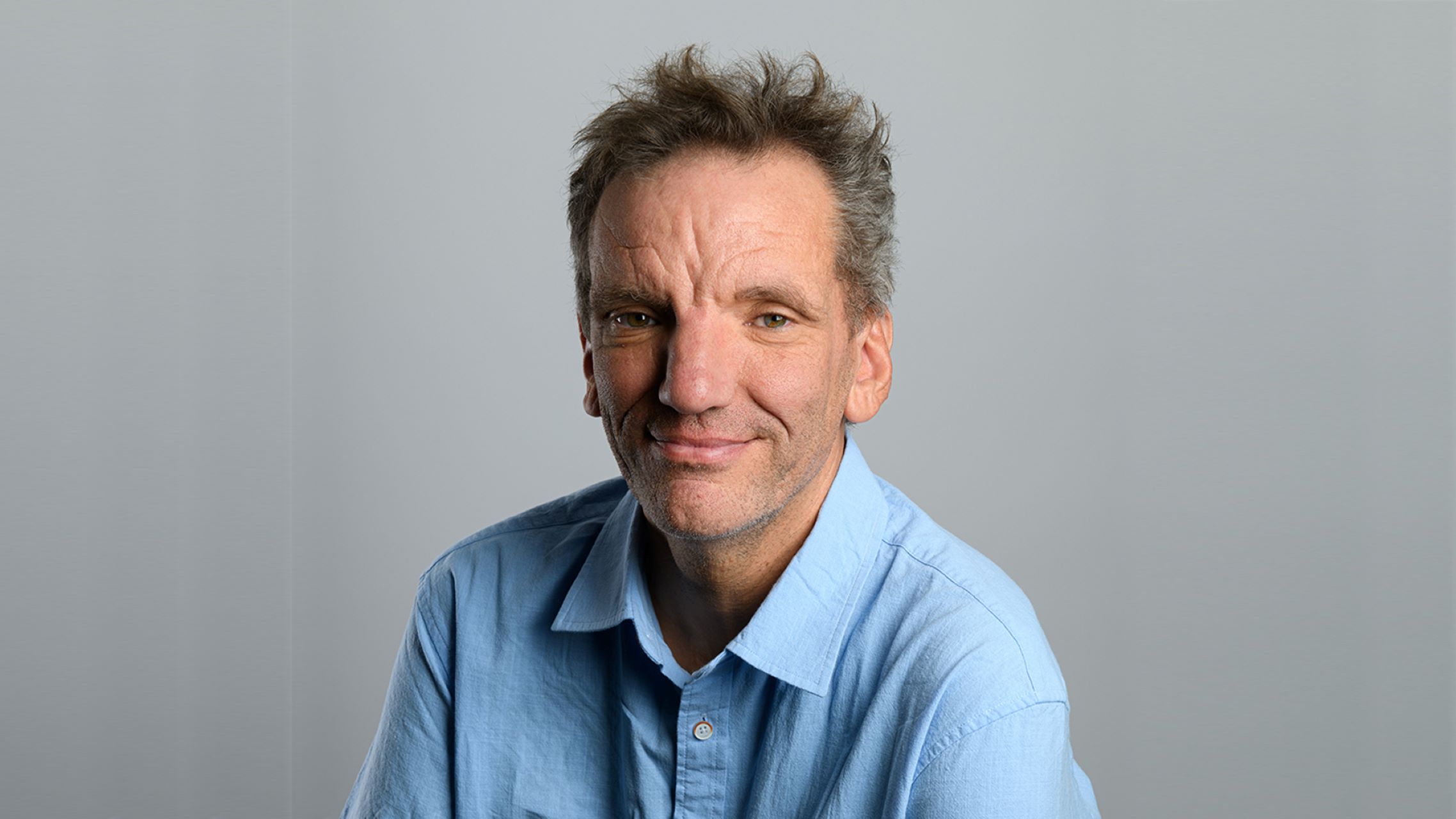Waardenburg Syndrome (WS) is a rare genetic disorder that affects about 1 in 40,000 people worldwide. It’s not just a medical condition; it’s a fascinating glimpse into the complexity of human genetics. Imagine a world where someone’s unique physical features—like startlingly bright blue eyes or a streak of white hair—aren’t just quirks but signs of something deeper. That’s the reality for those with WS, including the beloved comedian Henning Wehn. This article dives deep into the condition, exploring its causes, symptoms, and how it impacts lives, all while keeping things engaging and relatable.
Henning Wehn, the German comedian who’s made millions laugh, has openly discussed his experience with Waardenburg Syndrome. His journey offers a window into understanding this rare condition, showing that it’s not just about medical science but also about embracing individuality. If you’ve ever wondered what it means to live with WS, or how someone like Henning Wehn navigates life with it, you’re in the right place.
From the basics of genetics to the emotional and social aspects of living with a rare condition, we’ll cover it all. This article isn’t just for those directly affected by WS but for anyone curious about the incredible diversity of the human experience. So, buckle up, and let’s dive into the world of Waardenburg Syndrome!
Read also:Al Medina Your Ultimate Guide To Unveiling The Hidden Gems Of The Middle East
What Exactly is Waardenburg Syndrome?
Let’s break it down. Waardenburg Syndrome is a genetic disorder that primarily affects pigmentation and hearing. It was first described by Dutch ophthalmologist Petrus Johannes Waardenburg in 1951. The condition is caused by mutations in certain genes, which are responsible for the development of neural crest cells. These cells play a crucial role in forming structures like hair, skin, and hearing organs.
Now, here’s the kicker: WS isn’t just one condition; it’s a spectrum. There are several types, each with its own set of characteristics. For instance, Type 1 is often associated with wide-set eyes, while Type 2 includes profound hearing loss. And then there’s Type 3, also known as Klein-Waardenburg Syndrome, which can affect upper limb development. It’s like a genetic puzzle with many pieces, and each person’s experience is unique.
Types of Waardenburg Syndrome
Understanding the types of WS is essential for grasping its complexity. Here’s a quick rundown:
- Type 1: Characterized by dystopia canthorum, where the inner corners of the eyes are wider apart than usual.
- Type 2: Similar to Type 1 but without dystopia canthorum. Hearing loss is more common in this type.
- Type 3: Includes features of Type 2 but with additional upper limb abnormalities.
- Type 4: Also known as Waardenburg-Shah Syndrome, it combines WS with Hirschsprung disease, affecting the digestive system.
Henning Wehn, for example, has Type 2, which explains his striking blue eyes and partial hearing loss. Each type presents its own set of challenges, but they all share the hallmark of unique pigmentation patterns.
Waardenburg Syndrome and Genetics: The Science Behind It
So, how does WS happen? It’s all about genetics, baby. The condition is inherited in an autosomal dominant pattern, meaning you only need one copy of the mutated gene from either parent to develop the disorder. But here’s the twist: not everyone with the gene mutation will show symptoms. It’s like a genetic lottery, and the results can vary widely.
The genes involved in WS include PAX3, MITF, SOX10, EDN3, and EDNRB. These genes are crucial for the development of neural crest cells, which migrate during fetal development to form various tissues, including melanocytes (pigment-producing cells) and parts of the inner ear. When these genes don’t function properly, it leads to the characteristic features of WS.
Read also:Enrica Cenzatti Current Life The Journey Of A Remarkable Woman
Genetic Testing and Diagnosis
Diagnosing WS often involves a combination of clinical evaluation and genetic testing. A doctor might notice the physical features associated with the condition during a routine exam. Genetic testing can confirm the diagnosis by identifying mutations in the relevant genes. It’s like putting together a puzzle where each piece tells part of the story.
For someone like Henning Wehn, understanding the genetic basis of his condition has been empowering. It’s not just about knowing what’s going on inside his body but also about embracing the uniqueness that comes with it.
The Symptoms of Waardenburg Syndrome
Let’s talk symptoms. People with WS often have distinctive physical features that set them apart. These can include:
- Bright blue or differently colored eyes (heterochromia).
- A white forelock or early graying of the hair.
- Wide-set eyes or a broad nasal root.
- Hearing loss, which can range from mild to profound.
But here’s the thing: not everyone with WS will have all these symptoms. Some might have just one or two, while others might have a full spectrum of features. It’s like a genetic fingerprint, unique to each individual.
Hearing Loss in Waardenburg Syndrome
Hearing loss is one of the most significant symptoms of WS, especially in Types 2 and 4. It’s caused by the absence or malfunction of melanocytes in the inner ear, which are crucial for proper hearing function. For Henning Wehn, this has been a challenge he’s had to navigate throughout his life. But as he often jokes, it’s just another part of his story, and he’s made it work for him.
Living with Waardenburg Syndrome: Henning Wehn's Story
Biography of Henning Wehn
Henning Wehn is more than just a comedian; he’s a symbol of resilience and individuality. Born in Germany, he’s made a name for himself as a stand-up comedian, TV host, and author. But beyond the laughter and applause, Henning has a unique story to tell—one that’s deeply intertwined with Waardenburg Syndrome.
| Full Name | Henning Wehn |
|---|---|
| Date of Birth | March 19, 1973 |
| Place of Birth | Hamburg, Germany |
| Profession | Comedian, TV Host, Author |
| Waardenburg Syndrome Type | Type 2 |
Henning’s journey with WS has been both challenging and enlightening. He’s used his platform to raise awareness about the condition, showing that it’s not something to be ashamed of but rather something to celebrate.
Challenges and Coping Mechanisms
Living with WS isn’t always easy. The physical features associated with the condition can lead to bullying or misunderstanding, especially during childhood. Hearing loss can also present significant challenges in daily life. But here’s the thing: people with WS are incredibly resilient. They find ways to adapt and thrive, often turning their challenges into strengths.
Henning Wehn, for example, has turned his hearing loss into a punchline, using humor to break down barriers. He’s proof that living with WS doesn’t have to hold you back; it can be a source of inspiration and creativity.
Support Systems and Resources
There are numerous resources available for those living with WS and their families. Support groups, both online and offline, provide a community where people can share experiences and advice. Educational materials and advocacy organizations also play a crucial role in raising awareness and promoting understanding.
Waardenburg Syndrome in the Media
Representation matters, and Henning Wehn has been a powerful voice for those with WS in the media. By sharing his story and experiences, he’s helped demystify the condition and challenge stereotypes. Media representation can have a profound impact on public perception, and Henning’s work is a testament to that.
Raising Awareness
Raising awareness about WS is crucial for promoting understanding and acceptance. It’s not just about educating the public but also about empowering those with the condition to embrace their uniqueness. Henning Wehn has been at the forefront of this effort, using his platform to make a difference.
Future Research and Developments
The field of genetics is advancing rapidly, and with it comes new possibilities for understanding and treating WS. Researchers are exploring gene therapy and other innovative treatments that could potentially alleviate some of the symptoms associated with the condition. It’s an exciting time, full of hope and potential.
Hope for the Future
For those living with WS, the future looks bright. Advances in medical science and increased awareness offer new opportunities for support and understanding. Henning Wehn’s story is a reminder that no matter what challenges we face, there’s always hope and a chance to make a difference.
Conclusion: Embracing Uniqueness
In conclusion, Waardenburg Syndrome is more than just a medical condition; it’s a testament to the incredible diversity of the human experience. From its genetic roots to its impact on daily life, WS offers a fascinating glimpse into the complexity of human biology. Henning Wehn’s journey with the condition is a powerful reminder that our differences are what make us unique and special.
So, what’s next? If you’ve learned something new today, why not share this article with a friend? Or better yet, leave a comment and let us know your thoughts. Together, we can continue to raise awareness and promote understanding of Waardenburg Syndrome and all the incredible people it affects.
Table of Contents
- What Exactly is Waardenburg Syndrome?
- Types of Waardenburg Syndrome
- Waardenburg Syndrome and Genetics
- The Symptoms of Waardenburg Syndrome
- Living with Waardenburg Syndrome: Henning Wehn's Story
- Challenges and Coping Mechanisms
- Waardenburg Syndrome in the Media
- Future Research and Developments
- Raising Awareness
- Conclusion



